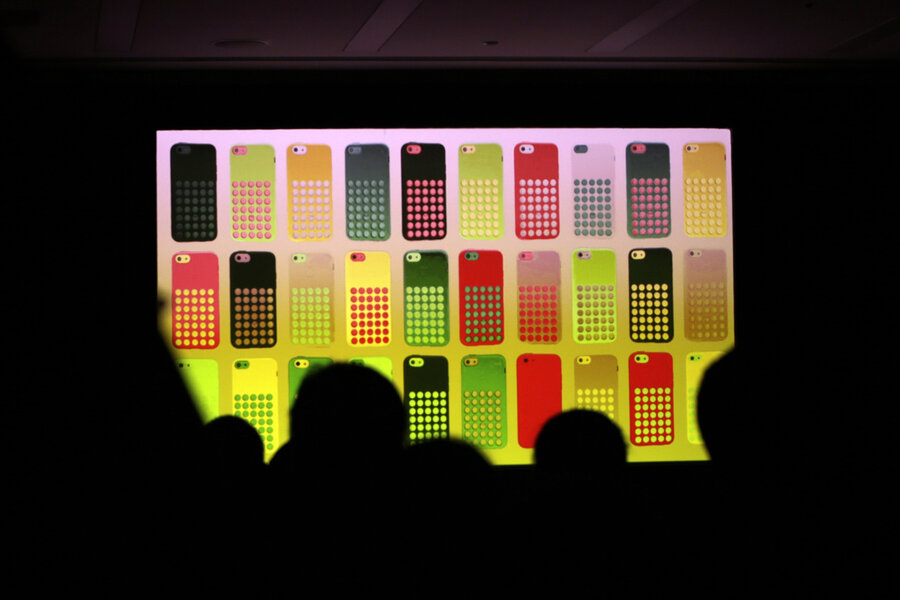iPhone 5C: Why it will sell better in Europe than in China
Loading...
The iPhone 5C was rumored to be Apple’s entrance into the emerging (and quickly growing) smart-phone market abroad. Specifically, many speculated that the “C” could stand for “China,” as the country has one of the largest untapped markets for iPhones in the world, where Apple ranks seventh among smart-phone sellers, according to Canalys.
After Apple’s iPhone 5C reveal on Tuesday, however, the price and features may hold greater appeal to another audience.
Europeans will get both a price cut and a much-needed new feature that could boost sales and pull customers away from Samsung, the current king of European smart phones. And while China got a price cut, the total cost and a lingering question of market access will likely mean Apple won't be storming the Chinese market.
The price for the iPhone 5C is significantly less than the iPhone 5 across the board in European countries. In Britain, the iPhone 5C 16GB will retail for £469 ($789), £80 less than the iPhone 5 16GB models as well as the Samsung Galaxy 4S, without contract. In France and Germany, the 5C will cost €599 ($797) without contract, an 80 euro difference from the iPhone 5, which retails for €679 ($904). Since many carriers in Europe don’t offer phone subsidies, bringing the un-contracted price down could put the iPhone in the range of more customers.
In addition, the iPhone 5C is compatible on the high speed, 4G networks of several European carriers, a feature not seen on any previous iPhone. This brings the Apple brand up to (literal) speed with more regions in Europe than ever before.
However, the phone will likely still only appeal to the higher end of smart-phone buyers in Europe, as the phone is still among the most expensive despite being Apple's cheapest offering yet.
In China, on the other hand, the price of the iPhone 5C is still beyond the budget of most Chinese consumers. The 5C 16GB stand-alone phone is priced at 4,488 yuan ($773) Though this is a discount from the 5,285 yuan ($864) price of iPhone 5, it still falls on the ultra-high end of the Chinese smart-phone market. In contrast, just last week Xiaomi, a Chinese company that sold 7 million phones in the first half of 2012, rolled out its newest model, the Mi 3, for 1,999 yuan ($327).
On top of pricing issues, Apple is facing a logistical barrier in breaking into the Chinese market. Apple and China Mobile Ltd., the largest provider in the world with more than 700 million subscribers, were rumored to be working out a deal before the iPhone 5C was released. So far, according to The Wall Street Journal, Apple has been granted approval to offer the iPhone on the Chinese carrier, but few details have been released as to how that will affect pricing or availability. Apple has not yet officially confirmed the deal.
Apple currently lags behind Samsung in the worldwide market. According to a survey by IT research company Gartner in August, Samsung currently has 31 percent of the market share of smart phones worldwide, while Apple only holds 14 percent.
The iPhone 5C is still the cheapest in the United States, starting at $549 unlocked and $99 with a two-year contract. It will be available in the US, Britain, France, Germany, and China on Sept. 20, with pre-orders starting Sept. 13.








